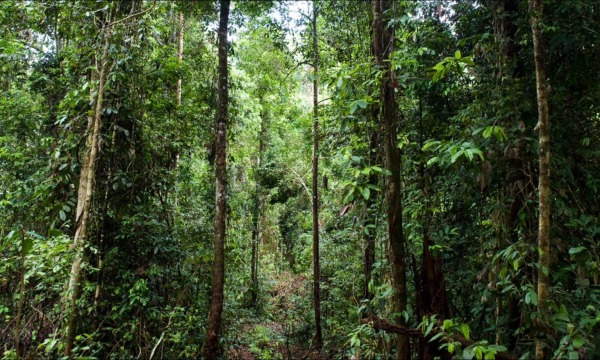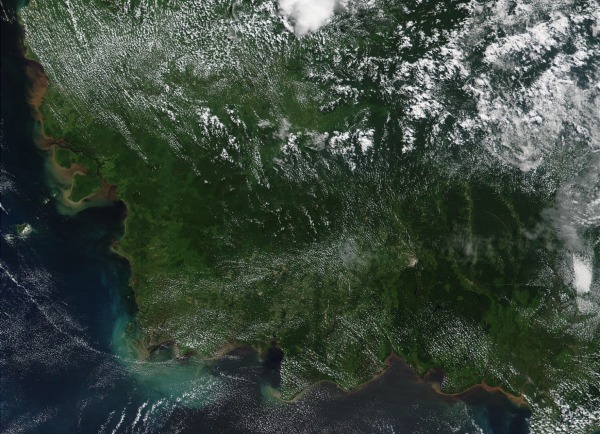I recently came across an interesting folk story about man-eating snakes, or “dragons”, in a remote village in Borneo, recounted in an interesting article that I was sent. The story is such an interesting one that I’ve decided to post it below in its entirety — with some comments on it following.
Here it is. Enjoy.
Several centuries ago, a group of Borneo natives left their villages and headed deep into the jungle, searching for a home away from the Dutch colonialists who had begun spreading across their island. Eventually, they found a nice spot in the lowland rainforests near the mountains in Borneo’s centre. They built houses and cultivated crops, and caught fish from the Burak river. All was well. Then children began vanishing.
One at a time, the kids disappeared, leaving behind baffled and frantic adults. This happened eight days in a row. Was it the work of a forest ghost, or jungle nomads, or a big carnivore like a clouded leopard? To find out, the villagers set a trap and baited it with another child, sacrificing one more life to stop the slaughter.
The creature that finally emerged from the river was huge, limbless and covered in scales. It was a snake, but one so overgrown they called it a dragon.
From their hiding place, the people watched as the dragon took the child to a den on an island in the river. Then they made axes, spears and shovels from the forest’s strong ironwood trees, and dug a tunnel right into the dragon’s home.
When the villagers charged in, they found two huge, chocolate-brown adult dragons, each as big around as an oil barrel. With them was a smaller dragon, the width of a coconut palm, which was colourful and had a yellow belly.
In retaliation for the killings, the people cut the two adults in half. But they spared the young dragon, believing it to be innocent. They also made an agreement with it that is still binding today: neither humans nor dragons shall harm the other, on pain of death.
Later, the people returned to less remote villages. But they say the dragons are still around.
This beautiful story has come to us from the mouth of an elder from the Dayak village of Tumbang Tujang (via Nadia Drake over at BBC Earth. The 54-year-old that recounted the tale, Pak Rusni, noted that the riverbank settlement that this story refers to is still there (the remnants anyways), uninhabited, after all these years.
An interesting point mentioned in the BBC article is that the Borneo rainforests are roughly 140 million years old, some of the oldest in the world. Who knows what exactly has lived in them in the past. Some interesting animals no doubt.
So you may be wondering now just how large the snakes that live in that part of the world can get — and the answer is, quite big. Though it’s something of an difficult question which type of snake could be responsible given the behaviors recounted in the story.
Still, as we’ve noted in our coverage of other reports of large snakes (the “700 lb snake” for instance), some snakes can get quite large (and possibly larger than what has been verified scientifically so far).
And certainly, very large snakes used to be a good deal more common in the region a couple of centuries ago than they are now — owing mostly to increasing levels of human activity, and deforestation and its effects.
Still, hard to say..
Image Credit: NASA

